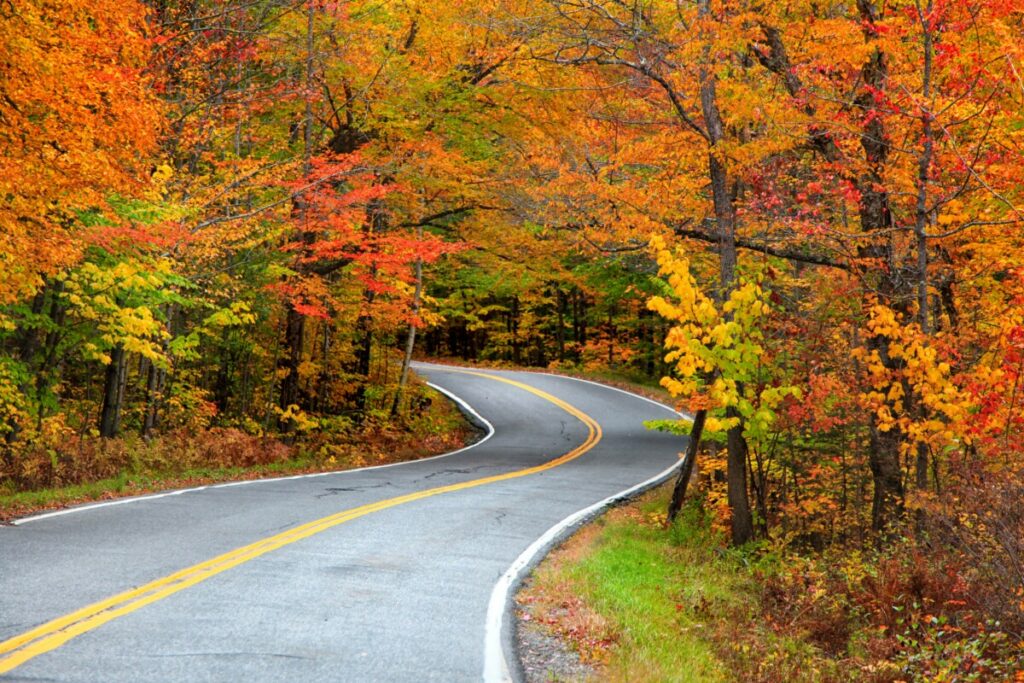Every fall, the trees begin to change colors and turn beautiful shades of reds, oranges, yellows, and browns. This color change makes for beautiful scenery for a weekend drive. While many enjoy the masterpiece that Mother Nature has created, most do not know why this change occurs.
How the Colors Change
There is still quite a bit of mystery behind the changing of the colors, but scientists do know that there are three factors that assist in the change. Those factors are pigment, weather, and the length of darkness.
Darkness
During the longer and cooler fall nights a biochemical process in the leaf takes place. During the spring and summer when days are longer, photosynthesis is in full force creating chlorophyll and giving leaves their green color. In the fall, as the daylight hours are cut short, this process slows down until chlorophyll is not produced at all; that is when the pigment factors kick in.
Weather
Weather plays a huge role in the color and the vibrancy of those colors. When days are warm & sunny and the nights are cool, but not freezing, the colors will be stronger and more vibrant. Also, having a warm spell within a fall can alter the appearance of the colors. Moisture also plays a role in the colors. A late spring or stressful summer with drought conditions can prolong the appearance of these colors.
Pigment
The color pallet is created with three types of pigments. The first pigment is chlorophyll which gives the leaves their green color through photosynthesis, a chemical reaction that needs sunlight.
The next pigment needed is carotenoids which produce the colors of orange, yellow, and brown and create the colors for corn, carrots, and bananas. This pigment is always present within the plant but is typically out powered by chlorophyll, however seeing a yellow or light green tree throughout the growing season is not unlikely.
Finally, anthocyanins need to be present, which produces the colors of red, blue, and purple like in cranberries, strawberries, blueberries, and plums. This is the pigment that produces the most color during the fall months. Of the three, this is the rarest of the pigments and will only produce the deep colors under the right conditions.
Sum it up
The color changing leaves can be a remarkable sight to see and some areas attract tourist that want to take in their beauty. Because the weather patterns are constantly changing the fall changes and fall colors are constantly changing as well.
If you are ever unsure of what to do, how to handle a job, or just too short on time it is best to call a professional to be sure the job is being done correctly. It is always a good idea to consult with a lawn care professional and ask any questions you may have. Look around, ask friends or family, and research companies on the Better Business Bureau to find a company that you can trust.
For our pest control blog articles, please visit us at www.pestguys.com a division of TurfGator

